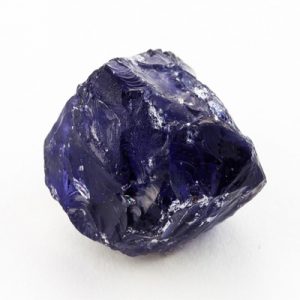Cordierite (Iolite)
Cordierite is also called Iolite, Dichroite or also “water sapphire” due to its sapphire that is frequent blue. Although Iolite may be the commonly utilized title because of this gem, Cordierite is the IMA recognized name for the mineral species. Iolite has intense and pleochroism that is distinct colors of blue, violet, smokey blue and grey when viewed from different angles. Iolite’s crystal structure is very similar to that particular of Beryl and is really a known member associated with the Beryl variety of minerals. Iolite rarely contains inclusions of hematite dishes that create a schiller effect that is beautiful.
Although Cordierite is situated in many locations worldwide, relatively few produce fine, gem-quality crystals. A few of the better-known sources of Iolite gems are Coroaci, Minas Gerais, Southeast Region, Brazil; around Tiruchchirappalli and Coimbatore, Tamil Nadu, India; Tranomaro area, Amboasary Department, Tuléar Province, Madagascar; and from the gem gravels of Sri Lanka.
| Category: | Cyclosilicate |
| Formula: | (Mg,Fe)2Al4Si5O18 |
| Crystallography: | Orthorhombic – Dipyramidal |
| Crystal Habit: | Crystals short prismatic, striated, to 18 cm; typically granular to compact, massive. |
| Twinning: | Common, simple, lamellar, cyclical |
| Cleavage: | [100] Imperfect/Fair, [001] Poor, [010] Poor |
| Fracture: | Conchoidal, Sub-Conchoidal |
| Tenacity: | Brittle |
| Hardness (Mohs): | 7.0 – 7.5 |
| Density: | 2.60 – 2.66 (g/cm3) |
| Luminescence: | None |
| Radioactivity: | Not Radioactive |
| Color: | Colorless, Pale blue, Violet, Yellow, Gray |
| Transparency: | Transparent to Translucent |
| Luster: | Vitreous (Glassy) |
| Refractive Index: | 1.527 – 1.578 Biaxial ( – ) |
| Birefringence: | 0.0110 – 0.0180 |
| Dispersion: | 0.017; Weak; r < v |
| Pleochroism: | Strong; X = pale yellow, green; Y = violet, blue-violet; Z = pale blue |


